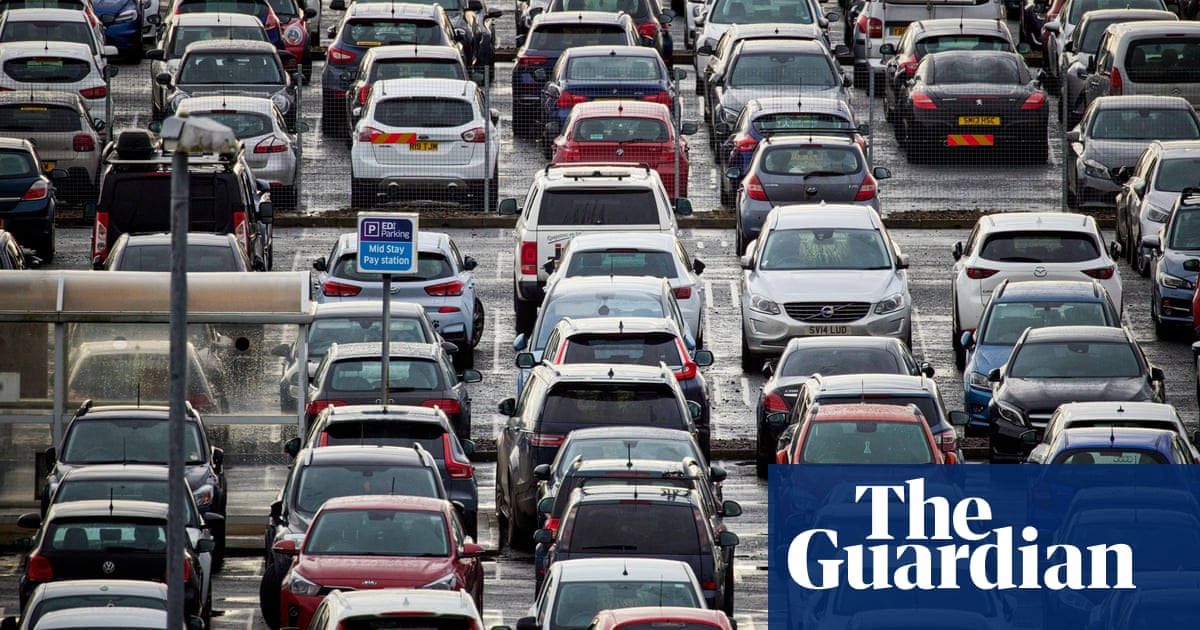petit_bateau
Active Member
This is not just intended for driving mere automotive vehicles.It's a fool's errand if Tesla solves this first because they very much want to license this which is what legacy Oems really want anyways. None if them actually cares to do it themselves, and only small players out of China want to steal Tesla's code and try just to make their product relevant in a world that doesn't care about Chinese made cars.
The ability to navigate/predict the physical world, and to take instructions (written, spoken, gestured) from the human 'semantic' world is pivotal for a robotic future.
Coupling FSD/etc with semantic/language models is not just of value to automotive. Mastering this is existential for any nation that intends to remain (or become) a modern industrialised economy.



